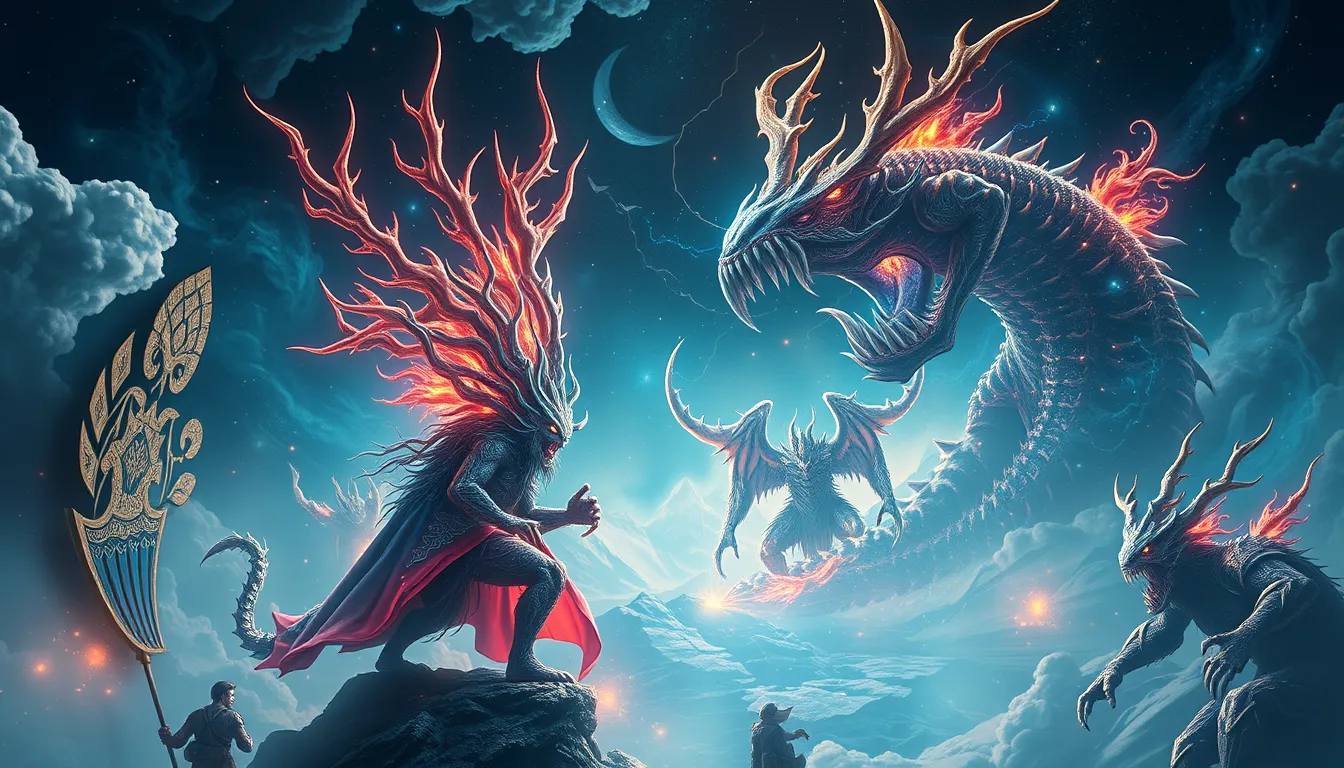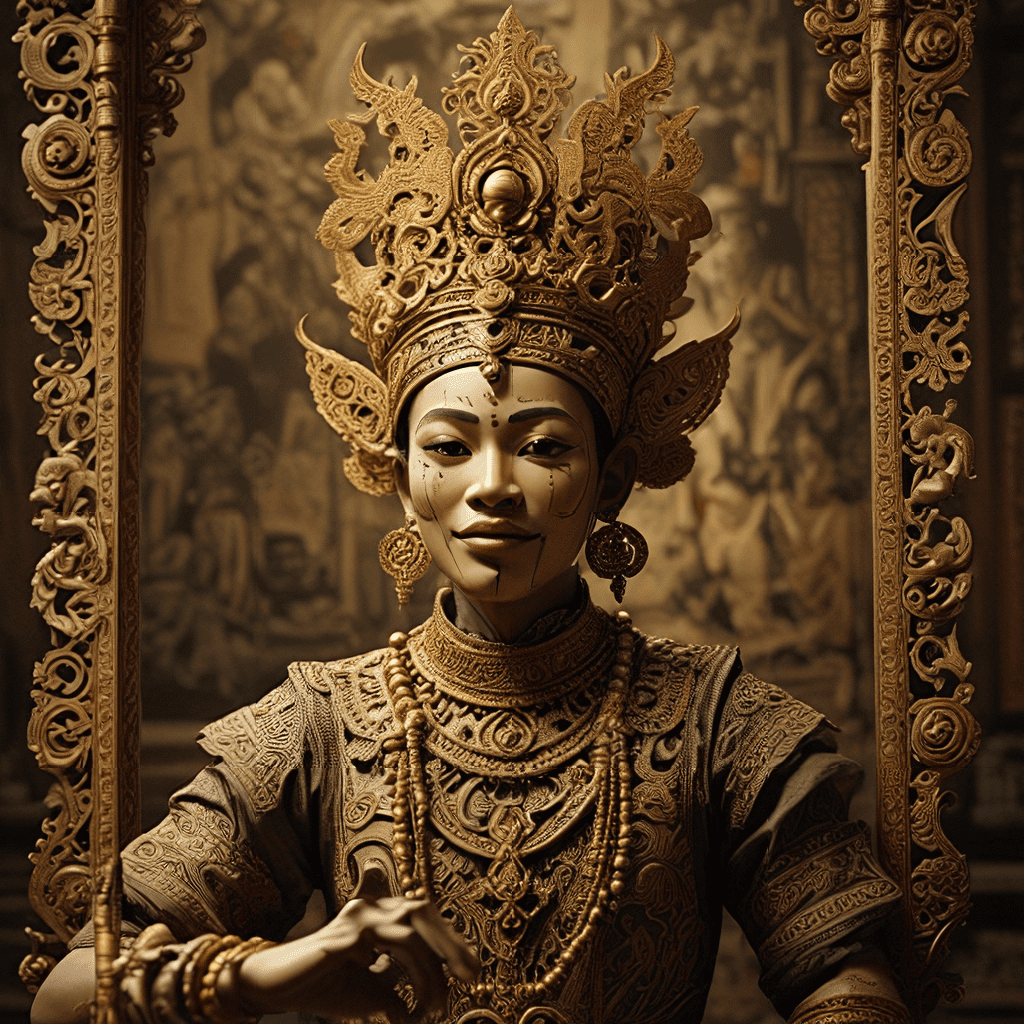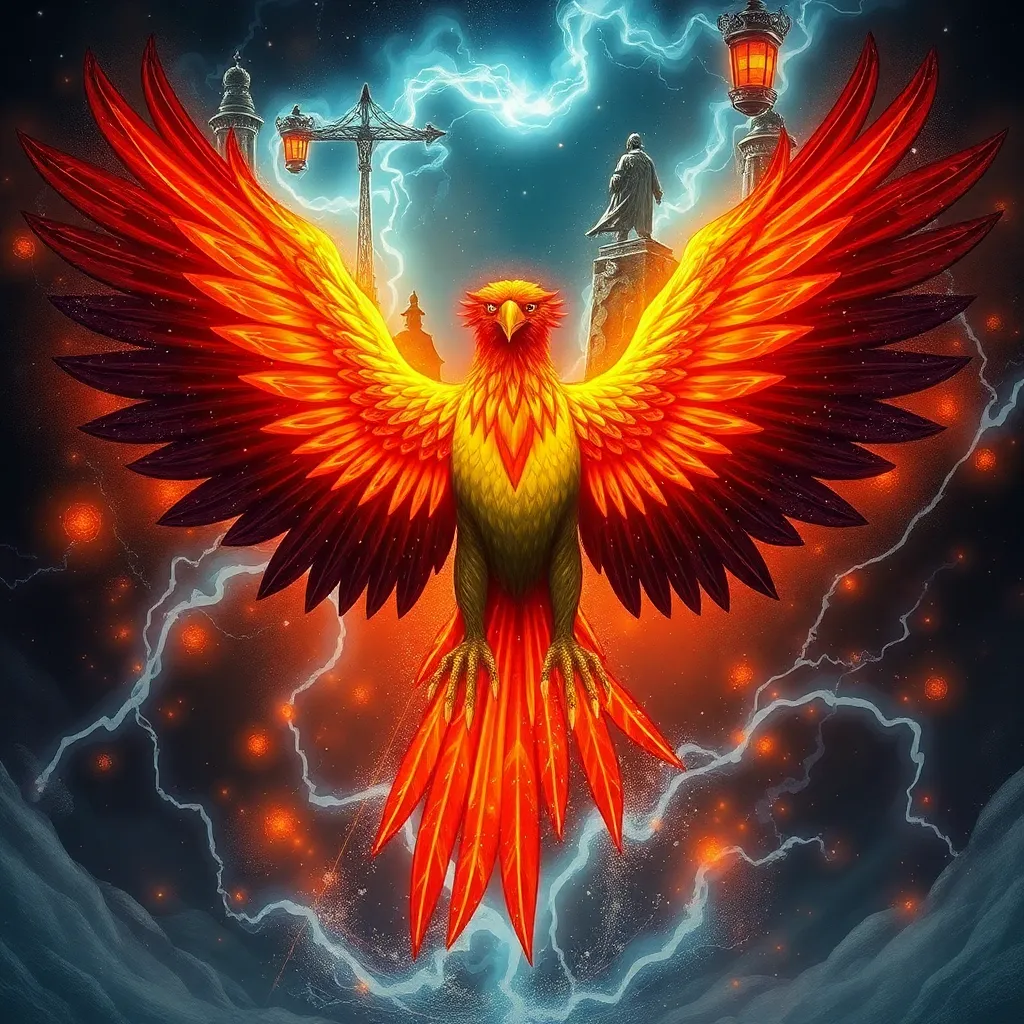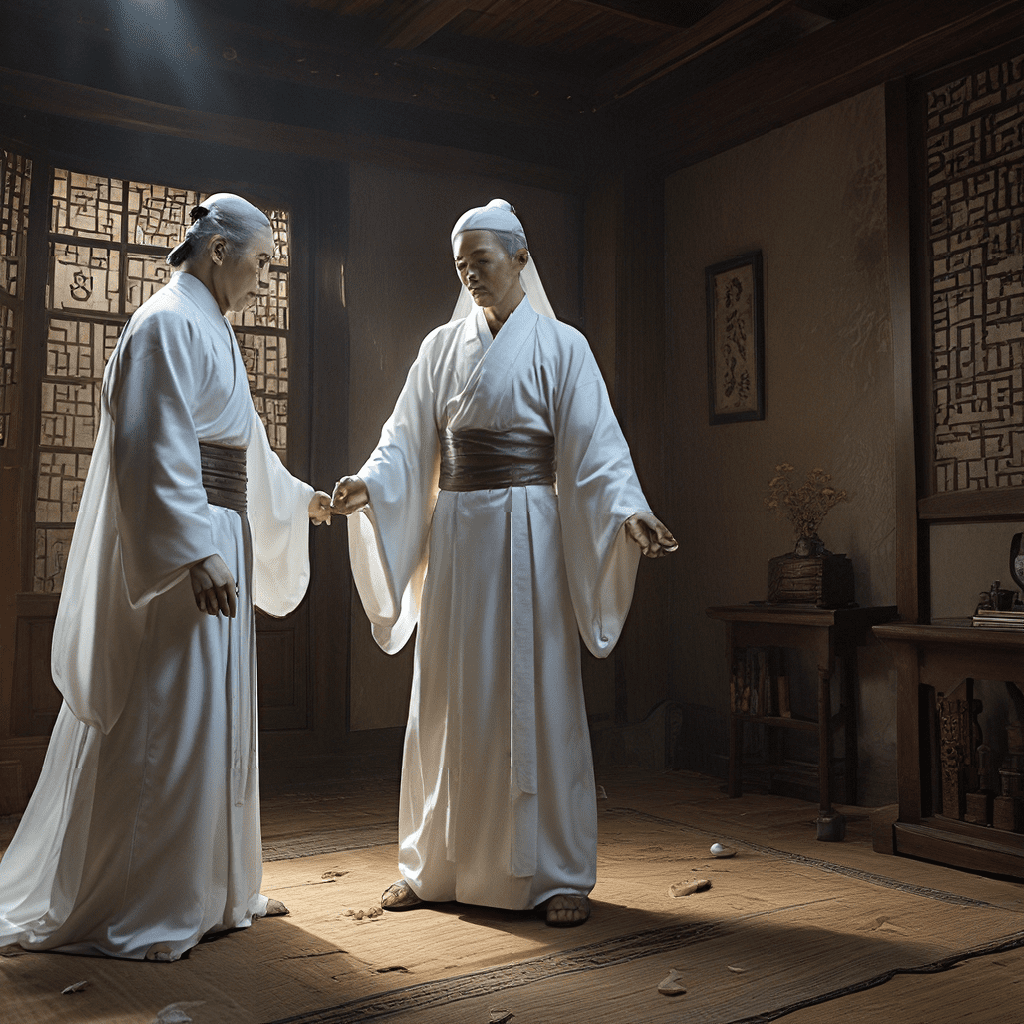Gods and Monsters: The Wildest Creation Stories from Around the Globe
Introduction: The Importance of Creation Myths
Creation stories are narratives that explain how the universe and humanity came into existence. They are foundational tales that shape the beliefs, values, and identities of cultures around the world. These myths serve not only to provide explanations for the mysteries of life but also to establish a sense of place and belonging for individuals within their communities.
The significance of creation myths extends beyond mere storytelling; they embody the cultural identity and worldview of those who tell them. Through these narratives, societies convey their understanding of the cosmos, the nature of existence, and the relationship between the divine, nature, and humanity. This article will explore some of the wildest and most compelling creation stories from various cultures, highlighting their unique themes and shared motifs.
The Elements of Creation Myths
Creation myths often share common themes and motifs that transcend geographical and cultural boundaries. Some of the most prevalent elements include:
- Chaos and Order: Many creation stories begin in a state of chaos, which is then transformed into an ordered universe.
- Duality: Concepts of light and darkness, good and evil, often play a significant role in these narratives.
- Divine Beings: Gods, goddesses, and other divine entities are central figures in creation myths, often wielding immense power.
- Monsters and Adversaries: Creatures or forces that oppose the divine will often appear, representing chaos or evil.
Symbolism and allegory are also crucial in these stories, as they often convey deeper truths about the human experience and the world around us.
Ancient Mesopotamia: The Epic of Gilgamesh and Enuma Elish
One of the most famous creation narratives from ancient Mesopotamia is the Enuma Elish. This epic, dating back to the Babylonian civilization, tells the story of the creation of the world from primordial waters. In this myth, the goddess Tiamat represents chaos and the saltwater, while Apsu, the god of freshwater, embodies order.
The narrative unfolds as Marduk, a younger god, rises to power and defeats Tiamat in a fierce battle. After her defeat, Marduk uses her body to create the heavens and the earth. This myth not only explains the origins of the world but also establishes Marduk as the supreme deity of the Babylonian pantheon.
The impact of these myths is profound, influencing later cultures, including the Hebrew Bible and various Greco-Roman myths.
Norse Mythology: Yggdrasil and the Birth of the World
In Norse mythology, the concept of Yggdrasil, the World Tree, is central to the creation narrative. The universe begins in a vast void known as Ginnungagap. From this emptiness emerges the first beings: Ymir, the frost giant, and Audhumla, the primordial cow.
The gods, including Odin, Vili, and Ve, eventually slay Ymir, using his body to create the world. His flesh becomes the land, his blood the seas, and his bones the mountains. The significance of gods and giants in this creation story reflects the themes of conflict and cooperation that permeate Norse mythology.
Hindu Cosmology: The Cycle of Creation and Destruction
Hindu cosmology presents a complex and cyclical view of creation, with key deities such as Brahma, Vishnu, and Shiva playing pivotal roles. Brahma is often regarded as the creator god, responsible for the formation of the universe. Vishnu, the preserver, sustains the cosmos, while Shiva, the destroyer, is responsible for its eventual dissolution.
This cyclical nature is encapsulated in the concept of Kalpas, vast periods of time during which the universe undergoes cycles of creation, preservation, and destruction. The interplay between gods and demons, or asuras, illustrates the continuous struggle between order and chaos in the universe.
Aboriginal Australian Dreamtime: The Land and Its Beings
In Aboriginal Australian culture, Dreamtime is a fundamental concept that describes the creation of the world and its inhabitants. Dreamtime stories recount the journeys of ancestral beings who shaped the land, created rivers, mountains, and diverse creatures. These narratives are deeply connected to the land and reflect the spiritual relationship that Aboriginal peoples have with nature.
Dreamtime stories serve as a means of passing down knowledge, cultural values, and a sense of identity. They emphasize the interconnectedness of all living things and the importance of stewardship of the earth.
African Mythologies: Diverse Narratives Across the Continent
Africa is home to a rich tapestry of creation myths that vary widely across its many cultures. For instance, in Yoruba mythology, the creator deity Obatala shapes humans from clay, while in Akan mythology, the god Nyame is responsible for the creation of the world.
These myths often highlight themes of community, morality, and the relationship between humanity and the divine. Oral tradition plays a crucial role in preserving these stories, as they are passed down through generations, keeping the cultural heritage alive.
Native American Creation Stories: Harmony with Nature
Native American tribes possess a variety of creation myths that often emphasize harmony with nature and the interconnectedness of all living beings. For example, the Iroquois creation story tells of Sky Woman, who falls from the heavens and creates the earth upon the back of a giant turtle. In the Navajo tradition, the emergence of the first people from the underworld is depicted as a journey toward achieving balance and harmony.
These narratives reflect indigenous values and beliefs, emphasizing respect for the earth and the importance of living in harmony with the natural world.
East Asian Perspectives: Creation in Chinese and Japanese Mythology
In Chinese mythology, the creation story often centers around Pangu, a primordial giant who emerges from chaos. According to legend, he separates the heavens and the earth, creating the world with his body. This narrative reflects themes of duality and the balance of opposites.
Japanese creation myths, notably the story of Izanagi and Izanami, tell of a divine couple who create the islands of Japan and populate them with gods and creatures. Their narrative underscores the themes of life, death, and rebirth, mirroring the cyclical nature of existence.
Conclusion
Creation myths from around the globe offer profound insights into the beliefs, values, and cultural identities of diverse societies. While the stories vary in their details, they often share common themes of chaos, divine beings, and the interplay between order and disorder. As humanity continues to seek understanding of its origins and place in the universe, these ancient narratives remain a vital part of our collective heritage.



